By Ivy Macaraeg
Treacher Collins Syndrome (TCS) is a congenital condition where the bones and muscles of the face don’t develop properly. For example, someone with TCS may have sunken cheekbones or a retracted jaw. Many patients must go through medical treatments in early infancy and continue to receive personalized care throughout their lifetime. TCS is incredibly rare and it affects each patient differently, therefore more exploration on TCS is needed to better understand how to care for these patients, and thus my project began.

After obtaining approval from the Colorado Multiple Institutional Review Board (COMIRB) to use patient data, I gathered real CT scans of patients with TCS from the Colorado Children’s Hospital. The creation of 3D models, and the resulting TCS database was finalized through many steps. First, by inputting the CT scans into the program 3DSlicer, I created digital segmentations of the patients’ head and neck bones and any medical devices that they had. Next, I edited each scan which included deleting any radiology (“noise”) or smoothing any rough edges, ensuring that the model was presentable without compromising true anatomical structures. After editing and referencing anthropological, forensic, and medical research, I recorded measurements of anatomical landmarks, such as the antegonial angle or width between the zygomatic arches (the cheekbones). These measurements were used to graphically observe the differences between the patients. After these steps were completed in 3DSlicer, the final segmentations were exported as models and inputted into a game creation software called Unity. Here, with the help of traditional C# coding, as well as Unity’s visual coding program, Bolt, I finalized the app called “TCS3d.”or support groups.
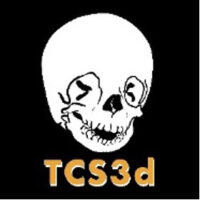
In this app, a user can view and manipulate the models in 3D space, read more about TCS, and find resources to seek medical help.
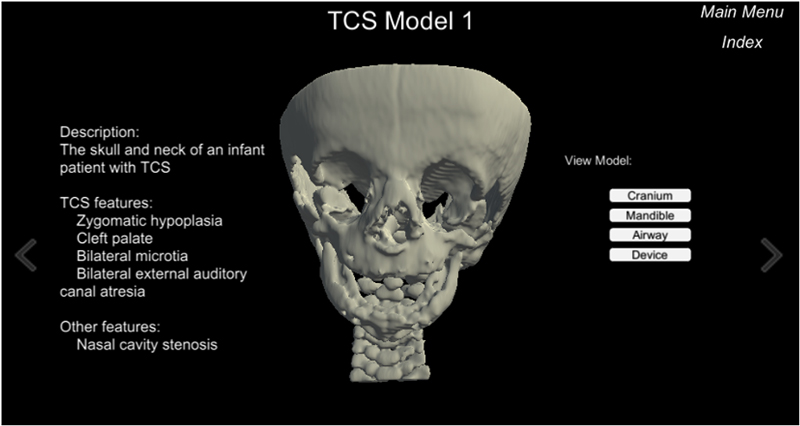
Currently, TCS3d is being prepared to be published onto a public platform so anyone can access this information. A key improvement to TCS3d would be the acquisition of more data, more CT scans and models to add to this database from other institutions or hospitals. Because of the rarity of TCS and its variability for each person, additional scans or models will be helpful in providing a fuller picture of TCS. It would make TCS3d a truer representation of TCS. This database could also benefit by including other radiology modalities, such as MRI data, and by exploring ways to measure anatomical landmarks more accurately in digital space. Finally, TCS3d’s user interface could be improved by adding model comparisons or quick search features. Overall, the hope is that this project may serve as a tool for anyone to learn more about TCS.
Since graduating from the Modern Human Anatomy Program, this project still sticks with me. Learning new skills, such as communicating with COMIRB, grappling with visual coding, and pursuing complex subjects pushed me to grow personally and professionally. I feel grateful to have worked on something that was not only incredibly interesting, but something that could change the way we learn about rare medical conditions and proceed with individual patient care.
About Ivy
Human anatomy is one of the most complex subjects that I have had the joy of studying. Growing up, I focused a lot of my time on biological science, on bacteria and petri dishes, but transitioning to the human body felt more personal and purposeful. Deciding to pursue a graduate degree in anatomy not only widened my understanding of the human sciences but helped me determine how I want to live my professional and personal lives.
To complete my master’s degree in Human Anatomy, I had to complete a capstone project, a project of my own choosing that had an anatomical focus, resulted in a deliverable, and served an educational, research, or clinical purpose. From my first-year studies, I knew I wanted to work on something that centered on the head and neck, as it was my favorite subject. I loved its complexity and chose to dedicate my time to studying it more. My mentor, Dr. Francis Smith, approached our class with a project that was an in-depth study on Treacher Collins Syndrome (TCS), and I was immediately interested to take it on. He proposed a project that involved using CT scans to create 3D models of patients with TCS and then develop a database that housed these models and provided additional information on TCS. A project that involved the head and neck, had medical and educational relevance, with a creative twist seemed perfect to me. I knew nothing about Treacher Collins Syndrome, but the more I researched, the more invested I was in this project.
For more information about the Modern Human Anatomy Program at CU Anschutz Medical Campus, visit: https://medschool.cuanschutz.edu/ms-modern-human-anatomy

3 Comments
Comments are closed.
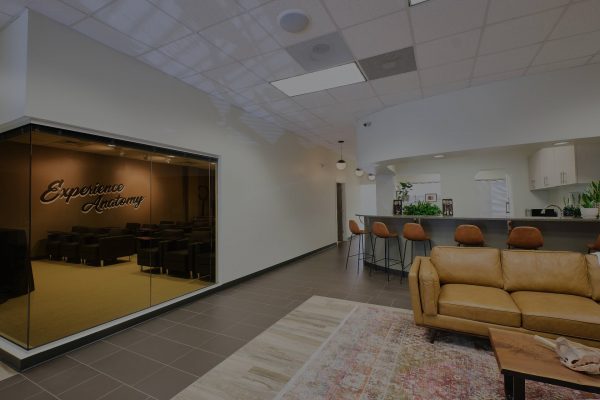

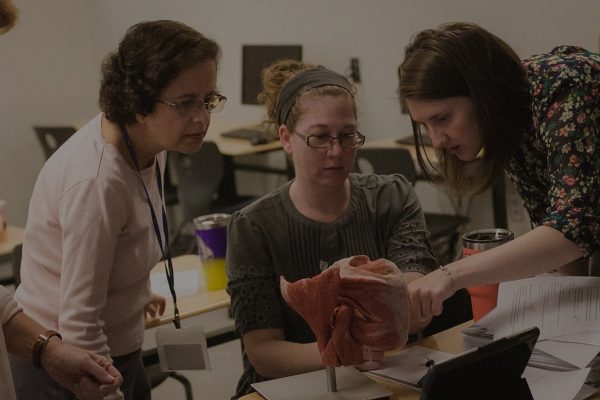
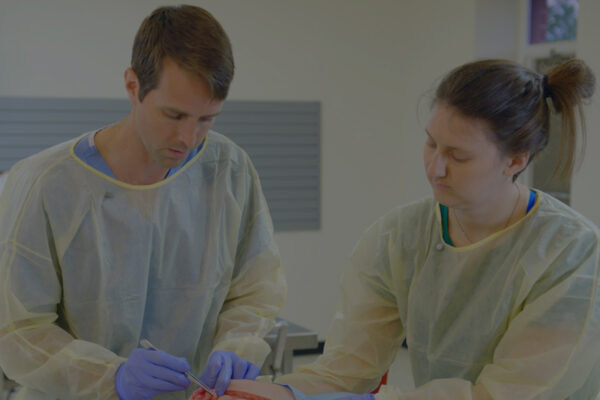
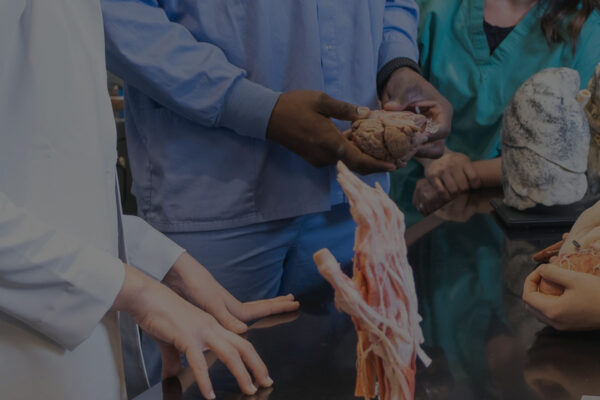
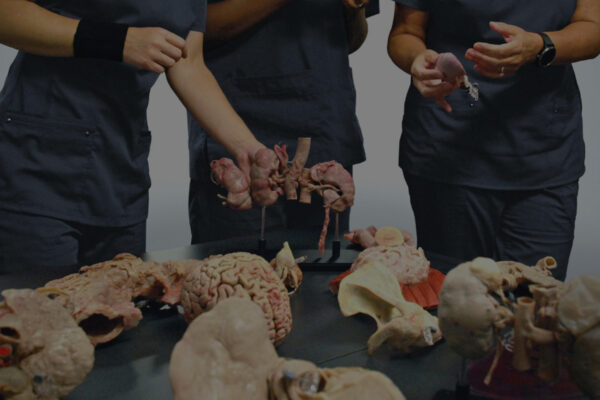
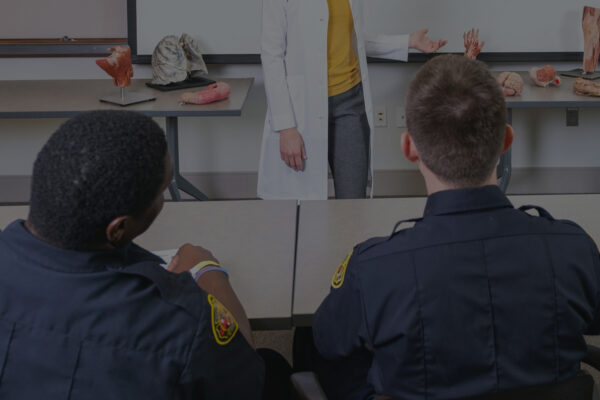

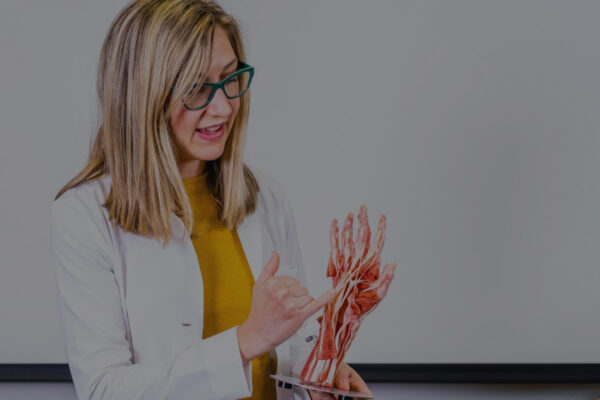
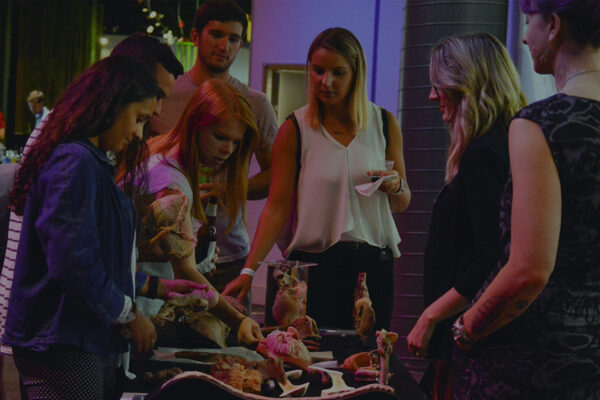

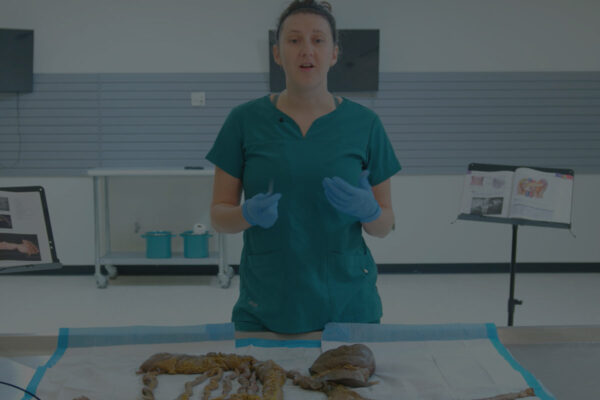
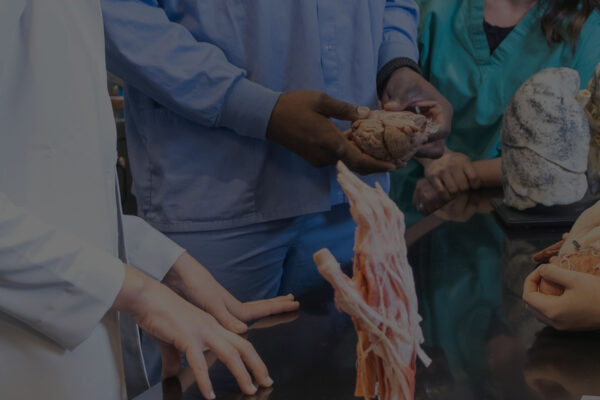

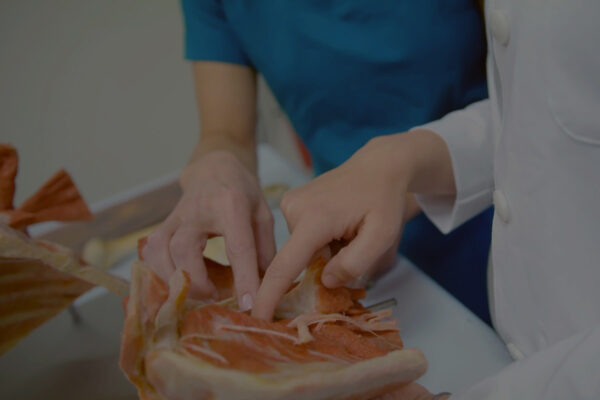
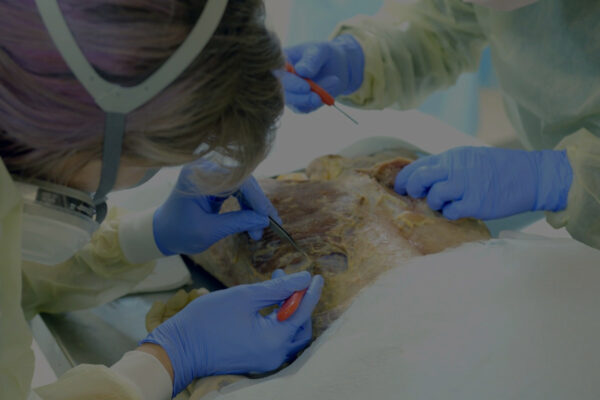
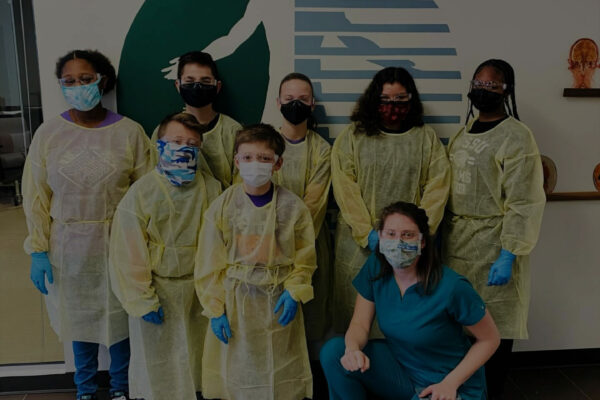
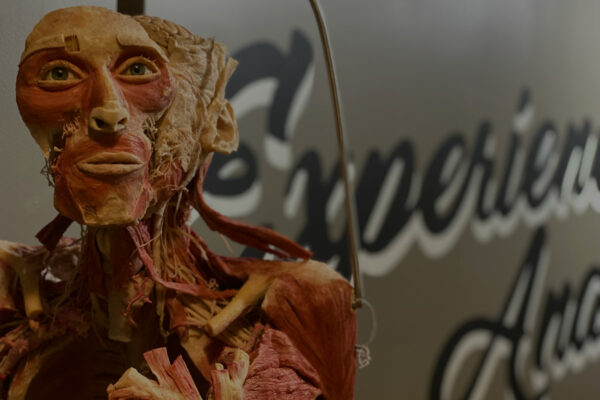






Very well presented. Every quote was awesome and thanks for sharing the content. Keep sharing and keep motivating others.
This is really interesting, You’re a very skilled blogger. I’ve joined your feed and look forward to seeking more of your magnificent post. Also, I’ve shared your site in my social networks!
Thanks for sharing your info. I truly appreciate your efforts and I
am waiting for your next write ups thanks once again.